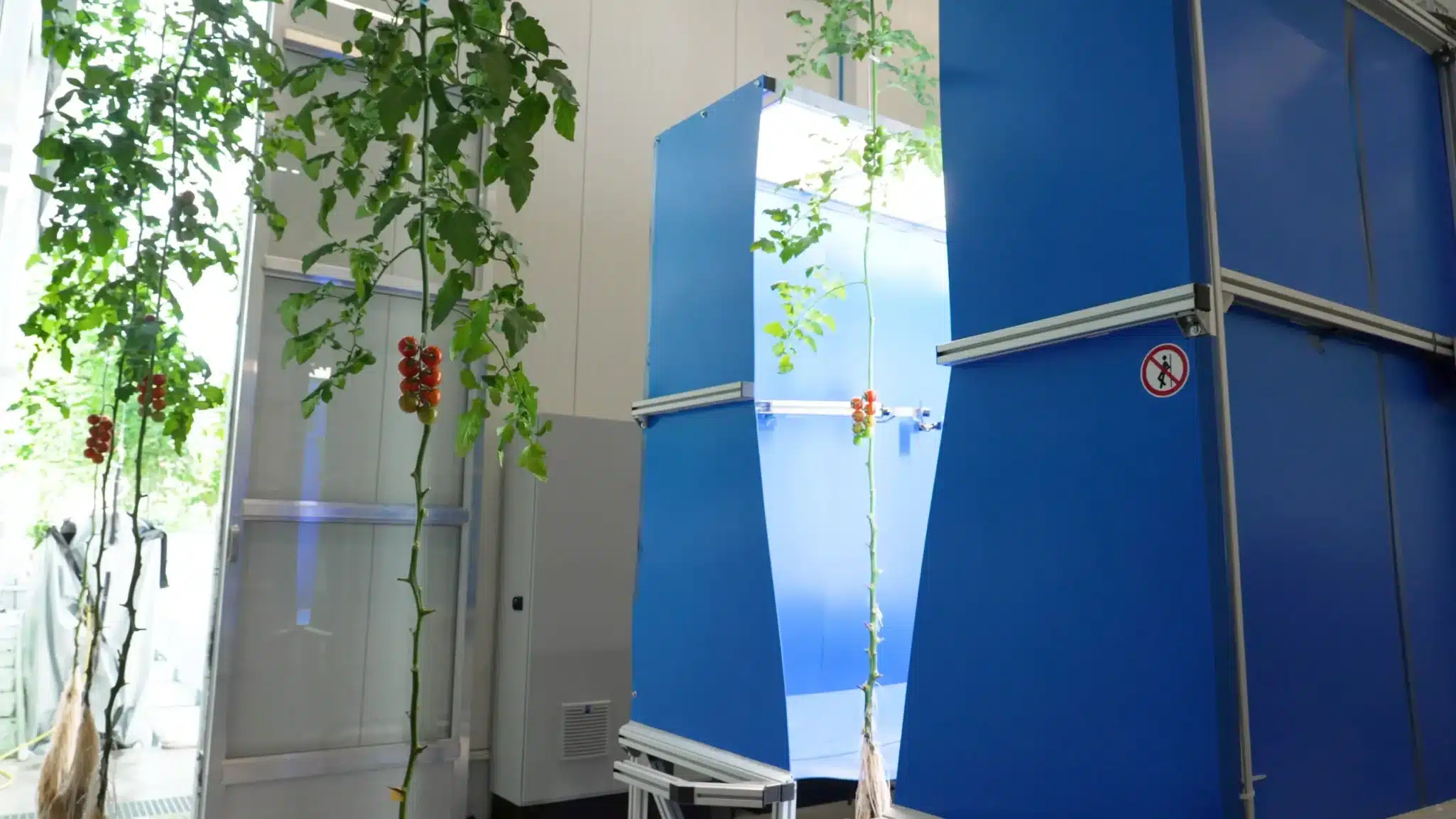Key Takeaways
- SAIA Agrobotics has secured €10 million in new funding, bringing its total capital raised to €20 million.
- The investment supports the company’s market launch in 2026 and further development of its patented “plants-to-robot” greenhouse automation system.
- Backers include SHIFT Invest, Innovation Industries, Oost NL, Navus Ventures, and the European Innovation Council (EIC) Fund.
- SAIA’s system enables a 20% increase in yields and up to 50% reduction in greenhouse labor by allowing plants to move to robots for scanning and harvesting.
- The first customer, Growers United, has begun deploying the system in its facilities.
SAIA Agrobotics Raises €10 Million to Bring Autonomous Greenhouse Technology to Market
SAIA Agrobotics, a Netherlands-based agtech company developing automation and robotics solutions for greenhouses, has raised €10 million in its latest funding round. The investment brings the company’s total funding to €20 million and positions it to enter the market in 2026 with its fully automated greenhouse systems.
The round was backed by SHIFT Invest, Innovation Industries, Oost NL, Navus Ventures, and the European Innovation Council (EIC) Fund. It follows six years of R&D and multiple international patents, marking a key step in SAIA’s journey from prototype to commercial scale.
“At SAIA we recently completed the world’s first automated greenhouse, where plants go to the robot once a week for scanning and harvesting,” said Dr. Ruud Barth, CEO and Founder of SAIA Agrobotics. “We aim for a 20 percent increase in yields with a 50 percent total greenhouse labor reduction. This is a huge step forward in providing a local, resilient, and sustainable food supply.”
Reimagining Greenhouse Automation
SAIA Agrobotics is redefining the concept of greenhouse automation with its “plants-to-robot” model. Instead of mobile robots navigating the greenhouse, plants are transported to stationary robotic systems that can harvest, scan, and maintain crops with full visibility and precision.
This approach allows for standardized environments, higher operational reliability, and significant labor savings — key factors as global greenhouse projects expand. According to Rabobank, worldwide demand for high-tech greenhouse capacity is expected to reach 5,000 hectares of new projects annually, driven by rising demand for healthy, locally grown produce and growing labor shortages.
“The SAIA growing systems allow harvesting 52 weeks a year, guaranteeing higher annual yields per square meter,” said Georg Heusgen, Director at Check24 and investor in the company. “By bringing the product to the robot, SAIA applies proven industrial efficiency principles to horticulture, achieving over 99% accuracy in harvesting and deleafing.”
Strategic Investor Support for Sustainable Food Production
The latest financing round drew strong participation from existing investors and European innovation funds.
“SAIA Agrobotics has developed innovative concepts and technology in plants, automation, and logistics, creating a new approach to greenhouse growing,” said Jaap Zijlstra, Director at Navus Ventures. “This investment fits perfectly with our strategy to advance efficient and sustainable food production.”
Wout Morrenhof, Investment Manager at Oost NL, added: “SAIA is a strong example of a Wageningen University & Research spin-out addressing one of society’s biggest challenges. Digitization and robotization are essential for the future of sustainable food production, and SAIA is ready for commercialization.”
Svetoslava Georgieva, Chair of the EIC Fund Board, commented: “The EIC Fund is proud to support SAIA’s potential to transform sustainable food production through digitization and automation, aligning with our mission to scale innovative agrotechnology that reduces greenhouse labor by 50% while increasing yields by 20%.”
SAIA First Deployments and Market Launch
SAIA has already started deploying its technology with its first commercial partner, Growers United, which has implemented components of the automated system at its facilities in the Netherlands.
The company expects to scale production and enter the commercial market in 2026, offering an integrated, data-driven greenhouse system designed for major vegetable crops such as tomatoes, cucumbers, and peppers.


